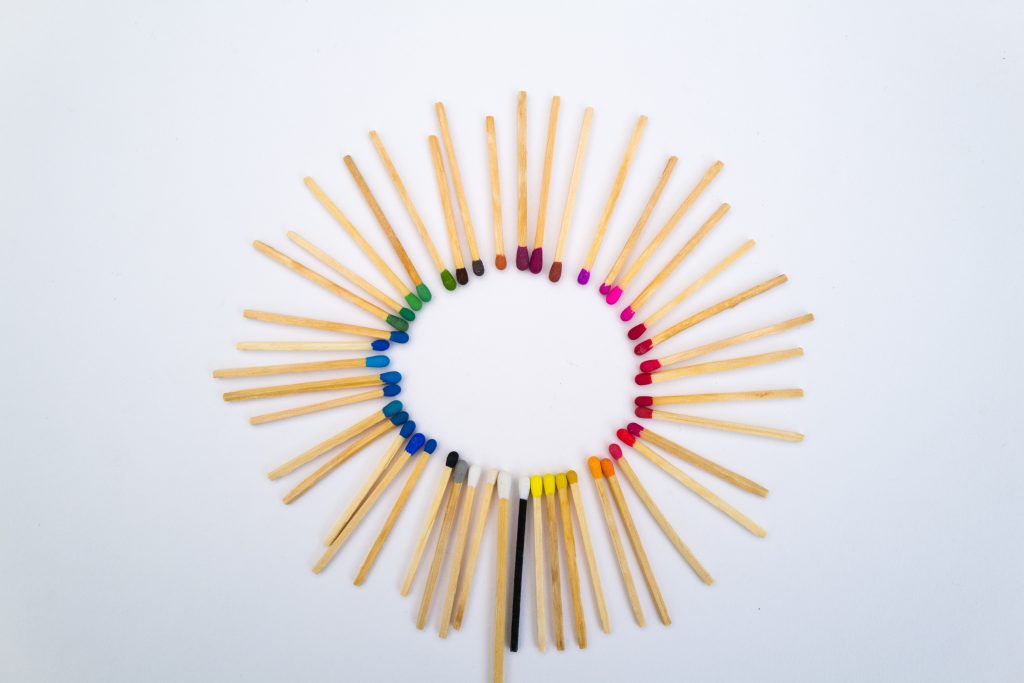Diversity, Equity and Inclusion (DEI) is one of the top trends that is shaping organizations in 2022 and beyond.1 Best practices in DEI have been talked about for decades, but how much change have we actually seen? Recent surveys have shown that we still have a gap in turning intention into impact. According to a recent study, four in five (80 percent) of senior leaders think that their actions show that they are genuinely committed to greater DEI, while only three in five (58 percent) individual contributors say the same.2
Much of the traditional DEI efforts have been centered on corporate messaging on the company’s commitment to DEI, implementing HR policies to attract, retain and promote diverse employees, tracking DEI-related data and conducting mandatory training for managers to promote awareness of unconscious biases. These top-down and HR-driven actions are important, but not sufficient. In many cases, what organizations see as DEI challenges are underlying organizational cultural problems manifesting themselves as DEI issues.3
For example, the global pandemic has shown us that we need to think beyond traditional definitions of DEI and help people in organizations have more authentic conversations and conscious interactions. These day-to-day interactions are greatly influenced by the unwritten values and behavioral norms which guide the way we approach our work, interact with others and solve problems. In other words: the company culture.
For example, consider the impact that the following culture norms could have on team members feeling included, heard, and valued:
- We are expected to come to our bosses with only good news
- We shame people for making mistakes
- We have a bias for action and value quick consensus over constructive debate
- It’s not ok to disagree with others in a meeting
- We only share business performance information on a need-to-know basis
Culture norms like this exist in every organization. They guide and regulate what is acceptable behavior in a group. The problem is that in many cases, these norms were not consciously defined in the first place, and we may not even be aware that they exist —they are “just the way we do things around here.” To drive culture change, the first step is to identify and name these unwritten norms, and discuss what may be driving them and whether they may be helping or hindering our journey to be a more diverse, inclusive and equitable workplace.
This process will be more effective if leaders work on adopting a learner mindset. When we shift to a learner mindset, we actively treat our views and opinions as our subjective interpretation, acknowledging that we don’t have all the answers and that there are multiple perspectives. This creates a positive snowball effect – we can better uncover and understand the culture norms that may be holding us back, benefit from the perspectives and ideas of others to drive the culture shifts, and visibly role model inclusive leadership behaviors.
A learner mindset also helps us to acknowledge that we will never be ‘done’ when it comes to understanding the context and experiences of others. By entering a space of humility and being willing to be vulnerable, we can better invite others to also be vulnerable and to openly share how they feel. This creates psychological safety: a space where people feel free to fail, to say ‘I don’t know’, to admit their mistakes and to be vulnerable about their feelings and experiences. It also encourages people to share their ideas, challenge others, raise issues and constructively disagree. Creating this safe space is the most important first step to creating a culture that truly values DEI.
This is an invitation to pause and reflect on what has and hasn’t worked in the last couple of years and to encourage ourselves, our leaders, and our employees to consider:
- How can we facilitate more constructive and honest dialogues around what we need to change to drive representation and belonging?
- Where are the gaps in our own cultures and behaviors?
- What are the best experiments we’ve seen or experienced to drive a more constructive and inclusive culture? Why did they work? How can we refine and replicate those actions in other parts of our organization?
Creating a constructive culture that fosters DEI is a journey that will never end. Once you become more aware, you realize that there is much more to learn, unlearn, explore and do. We need to treat change as an ongoing process and experiment; not trying to get things perfect but working with conscious intention on making things better each day.
